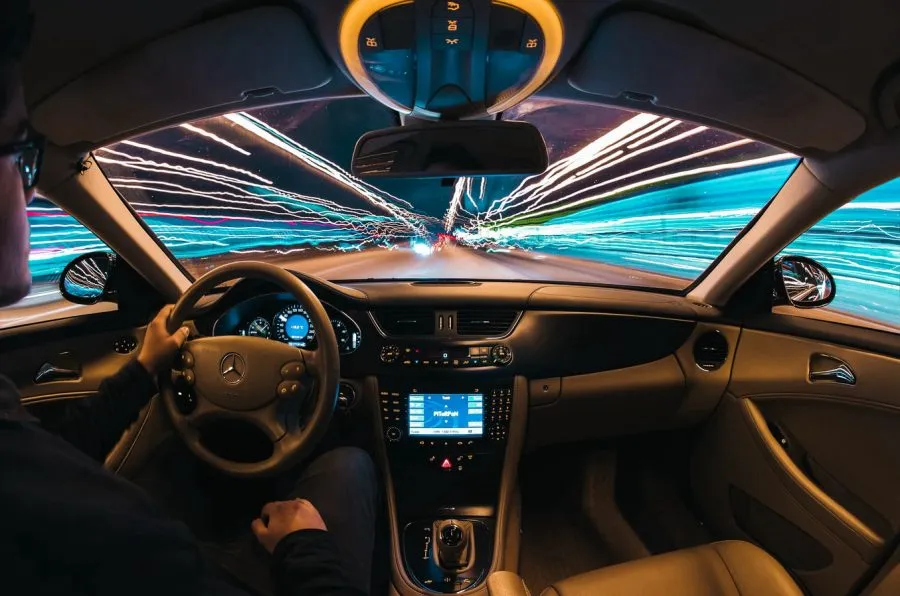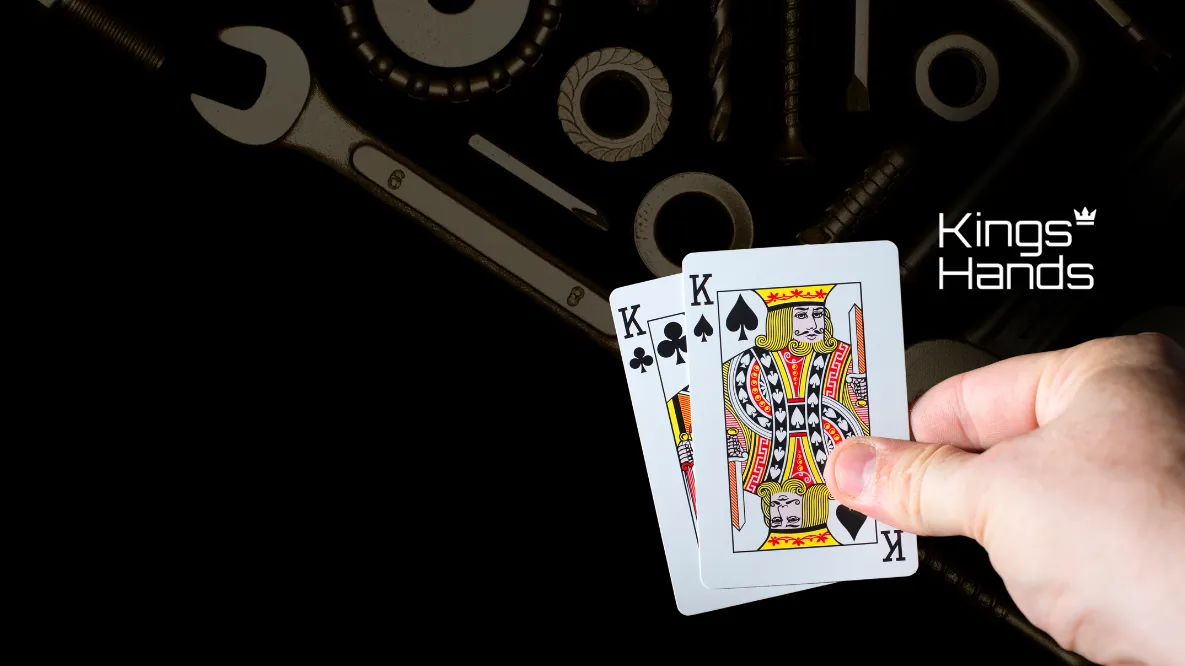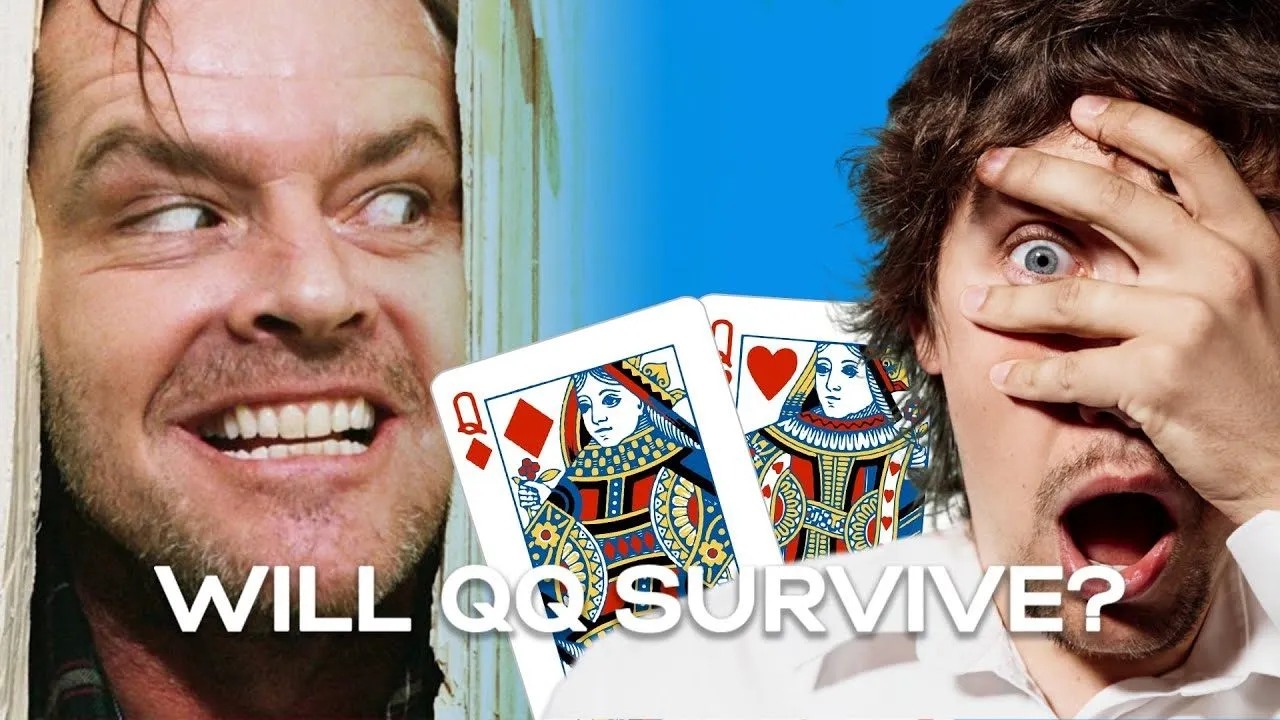There are still rich pickings in poker, if you can keep your wits about you. There’s no room for complacency though, gone are the days you could sit down barely focused and hammer out an easy profit.
Now it takes study away from the table, and grit and dedication at the felt to make it in the game, and it is all too easy in a long online grind to let that slide in one way or another.
In this piece we’ll look at why autopilot is a big part of this problem, as well as figuring out how it is that we tend to fall into autopilot mode, and what happens to our game when we do so.
Of course we won’t leave you hanging on this one, we’ll also set you up with some killer techniques for avoiding or eliminating most of the harm of autopilot mode in-game.
What is Autopilot?
Autopilot is a notion strongly related to drift in poker – when we stop taking conscious focus and responsibility for our decisions in the game, we switch into a default mode of play which treats every decision as “standard” and doesn’t stop to consider the nuances of a spot, we usually lose precision as well and end up with a decayed version of our best poker game.
As our focus lapses, autopilot kicks in and our game degrades from our “A game” to at least our “B game” or worse. When we are on our A game we are executing everything we understand about the game to the best level we possibly can – we are on point, deeply focused, not allowing our emotions to undermine our play, and “in the zone”.
When we are on our B game we might still turn a profit, but our play is more automated, less thoughtful, less engaged, and more liable to error or poor and unexamined assumptions. We might be more liable to misclick or misread the situation, or fail to take good stock of a piece of pertinent information.
We might misjudge a line plan or become overly optimistic or disheartened without noticing our emotional involvement, or we might just fudge our figures a bit too much when estimating our implied odds. We may make rounding errors, inattention mistakes may creep in, or we may begin to simply play too fast and not allow ourselves time to properly take authority over our own decisions.
A Universal Issue
If any of this sounds familiar, I’m not surprised. This is a universal affliction, and really part and parcel of being human. Happily there’s much we can do to improve our relation to autopilot. Still, the very fact of it, the fact that we can’t always be in deep focus mode, is natural enough.
Human beings get tired, and they lose focus. They are highly intelligent creatures but this also includes the intelligence to fool themselves, and to studiously ignore a nagging feeling they don’t want to listen to. The voice saying you’d be best off taking a break, or that you’re clicking your decisions too fast. That’s a voice worth listening to a little more.
Autopilot isn’t all bad however. In fact, there are some plus sides to being able to go into autopilot mode, as we’ll explore next.
Why Does Autopilot Happen?
In our ability to learn and advance in our skill sets, it is highly useful to be able to internalise and make certain learned skills “second nature”, there’s even evidence that the processing of certain well-learned skills passes out of the frontal lobes to another area of our physical brain once we have learned it well enough.
Take the example of driving a car. When you first learn this skill, it requires a tremendous amount of conscious attention to master, and you must focus on several disparate skills and areas at once, including shifting gears (if driving manual), the road before and behind, the speedometer, pedals, etc.
However, once you have learned to drive, you are able to make this combination of highly skilled judgements about relative velocities and distances rapidly and accurately, even whilst tuning the radio or having a conversation with a passenger.
You have internalised these consciously learned skills, and that’s a good thing as it allows your conscious mind time to focus on any particular new elements which get introduced, such as the appearance of a hazard on the road.
Thus the internalising of learned skills is an important part of how we learn and improve, and of how conscious, focused learning and our honed instincts in the form of in-game intuitions can interact and work together.
On this analysis there’s nothing as such wrong with autopilot, if this relates only to certain areas of our game, such as the rapid intuition of direct pot odds or outs which we’ll gain after a certain amount of study and play. This clears space in our conscious mind for consideration of more nuanced aspects of a hand, such as precise range analysis across the streets of play.
Where Things Go Wrong
Autopilot becomes a problem when that is all or most of what is happening, rather than one level of our play. If we aren’t actually engaging with conscious attention, that’s when autopilot takes over the operation entirely, and our game lapses to some kind of basic botting of what we know how to do.
All finesse, creativity, self-checking and detailed observation and decision-making is pretty much lost when this occurs, not to mention losing the ability to consciously track our emotional state and whether frustration is starting to drive our decisions.
And believe me, autopilot and tilt is a super expensive combination.
What Triggers Autopilot and How Can We Avoid It?
A really wide array of elements can factor in to exactly when and how autopilot can end up taking over our grind.
First and foremost we have simple tiredness. It has been scientifically demonstrated that our optimal periods for intense focus are around thirty minutes, and that short breaks from this focus can aid us immensely in maintaining that over longer periods.
So how we structure our grind, and how we use our breaks can be essential in extending the period for which we can play our A game.
Getting away from the screen, even glancing away from it during play can help.
It will also surely help to keep a good healthy exercise regime and social life / time spent outside. These are all key to a sustainable poker career.
A big part of the solution also lies in setting our intention and clearly and consciously trying to keep track of where our head is at in-game. If we notice we’re lapsing into autopilot, it’s much easier to correct if we catch it early.
Poker is a game full of high IQ people making a limited number of tough decisions per hour. Of course their attention will sometimes lapse. There are some nice tricks to staying engaged in-game which we’ll explore towards the end of this article.
Sometimes autopilot can be induced by something a little more pernicious. There are times when tilt is somewhat to blame. Sometimes we just don’t want to take responsibility for our decision-making, and we pass the buck to autopilot. This comes up a lot with my poker students, especially those who like to click their decisions rapidly.
At times they don’t allow themselves to think through a spot, in the heat of the moment they just click, and doing so is a way of absconding from responsibility for the discomfort of making those decisions, even if it might be an illusory escape. This is a sort of autopilot mode setup as a proxy for avoiding responsibility, rather than a drift into autopilot thanks to exhaustion or lapsing focus. Sometimes these things can be too close to see clearly.
In-Game Remedies for Autopilot
We’ve spoken about how to support your grind by setting up your life right, but what about how to avoid or recover from autopilot mode within a session?
You can start out by staying mindful of your intention to play your A game. Remind yourself every 20 minutes or so that you are planning to stay focused, attentive, to enjoy the game, and to think in-depth about the details of each spot, be it the range of your opponents in the hand, your own image, your line plan for the rest of the hand, or other material factors.
Stay in the game, don’t allow boredom or inattention to take your edge away, or take away your pure enjoyment of the challenge of what you’re choosing to spend your time doing.
One great trick for staying focused in poker is to pay attention to the hands you aren’t involved in. Try to keep track of the players’ decision points in hands you are merely observing, having already folded, and consider their ranges across the streets.
See if any showdowns match up with the ranges you had in mind. Think about what takeaways you can draw from any observed action about the contestants’ thought processes and competencies or leaks. Build a profile of each player as the orbits proceed.
A famous speaker, Baba Ram Dass once said that boredom is merely lack of attention. There’s always something interesting to think about if you know how to look at the world. This is absolutely true of poker too. Don’t let yourself off the hook, and find a way to stay engaged.
We hope you’ve enjoyed reading about how to understand and get beyond autopilot here at PokerDeals, and we’d love to chat with you about it in our PokerDeals Discord, come and join for all the best in strategy, news and poker deals!
Good luck on the grind!





















